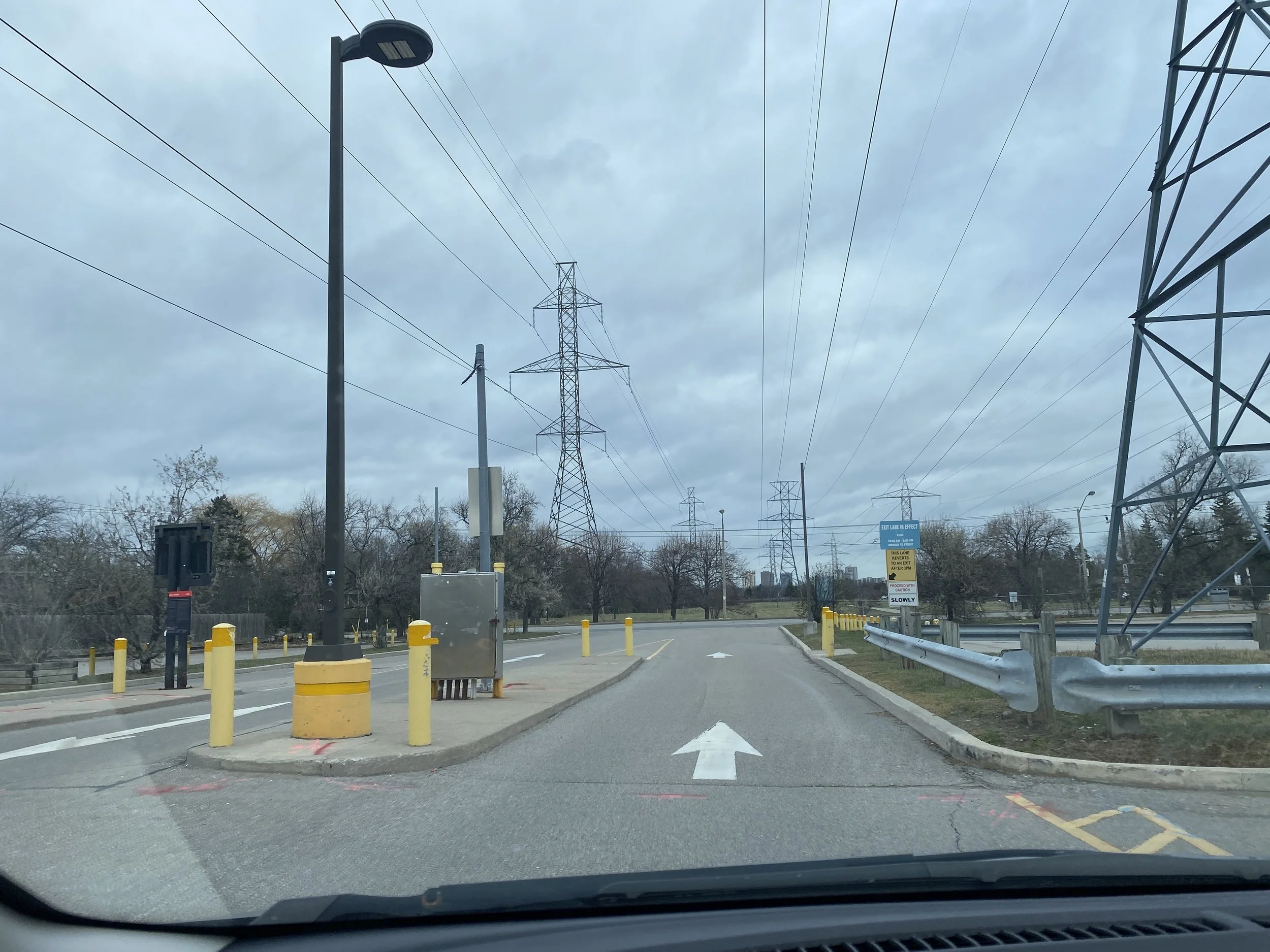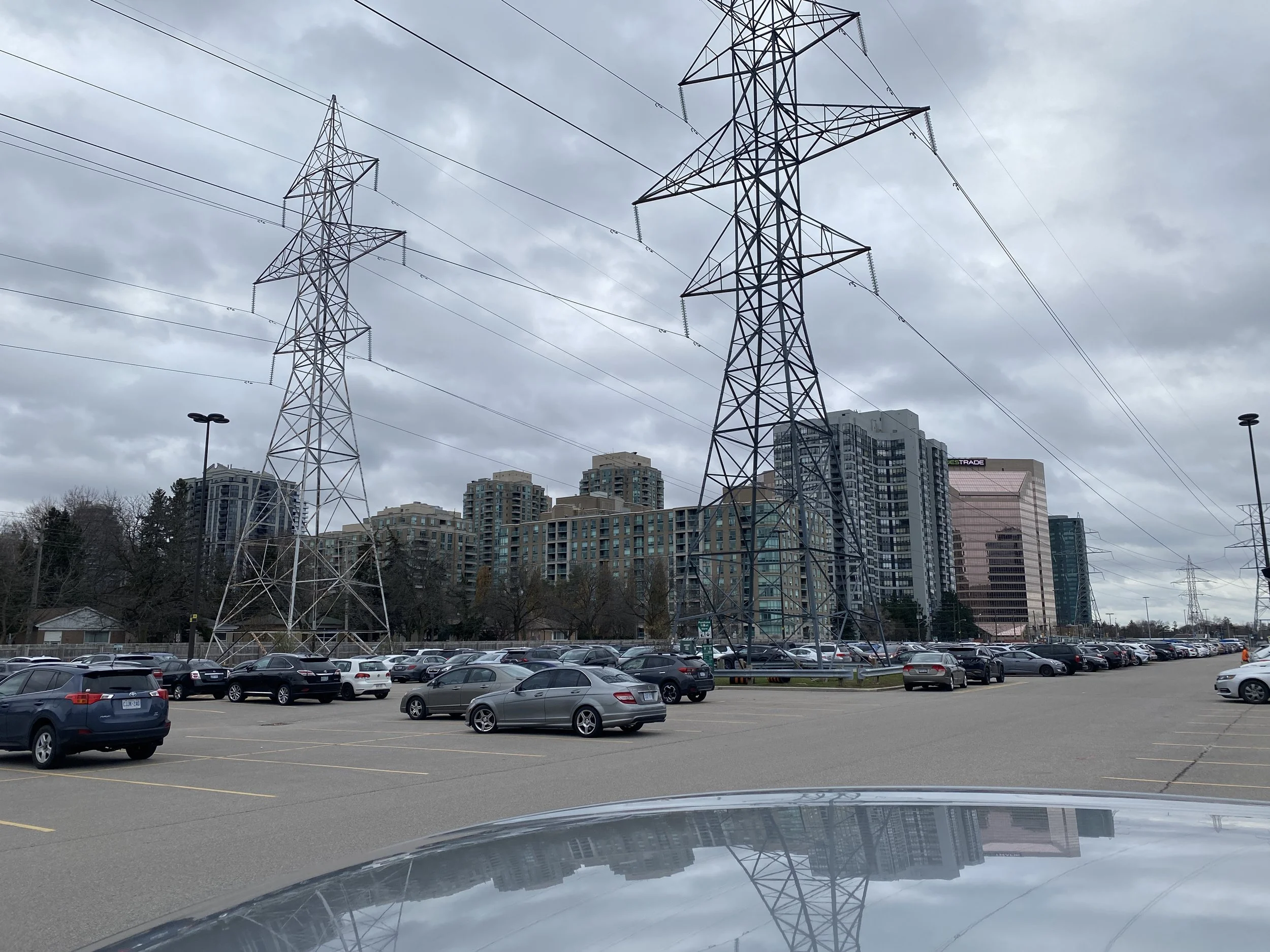Fixing the parking experience for commuters
After my own frustrating experiences trying to park at Finch Station, I decided to see what improvements I could make to the parking lot, entrance, and path into the station.

Here’s how I did it
-
Choosing my focus
The rules for this project were pretty vague; the focus was to go somewhere public and observe people to see if the process was frustrating or confusing. I chose a location based on my own experiences. The Finch Station Parking Lot
-
![]()
Preparation
To start this project, I created an observation guide so I could know what to look for before going in person. Along with the observation guide, I also made a few questions I could ask the people I was observing and the future participants I was recruiting.
-
![]()
Observations and results
After watching strangers and following my participants through their parking journey, I divided the journey into 4 different parts (arriving, finding a parking spot, buying a ticket, and walking to the station). Except for buying a ticket, every other part of the journey had a confusing or frustrating aspect.
-
Finding my solution(s)
Before meeting with my professor to go over my progress, I had already thought of a solution for each problem, but by discussing it with her, I was able to think of a couple of solutions, each with different rollout times, costs, and effectiveness. All I had left to do was comple all my work into a final report to show to my classmates.
-
![]()
Finding the entrance better
The first part of the journey is the arrival. All of my participants had mentioned difficulty at some point with turning into the parking lot since its a very sudden and somewhat hidden entrance. For a quicker fix I suggested signs to say the entrance was coming, simikar to what you owuld see coming up to an exit on the highway. My more expensive yet effetive approach would be to add arrows and add a turning lane to help signal to drivers that the entrance is coming up.
-
![]()
Finding a parking spot
While driving around the parking lot, all participants mentioned struggling to find a spot, and I also observed the difficulty when I joined them. With one participant, we almost got hit by someone driving without caution. I had a couple of ideas to fix this, the first being the cheapest option to repaint the lanes and spots to give more space for vehicles in the lanes and adding signs and blindspot mirrors to help lower the chance of collision. Other ideas were to have an empty spot tracker to let incoming drivers know if any sections had a spot available. A similar option is also to use red and green lights to show where open spots are located to help drivers find the fastest route, instead of driving around looking.
-
![]()
Walking to the station
Since there were no issues found with the ticket buying process I skipped straight to the walking to the station part of the journey. When observing strangers and participants I noticed there were many different routes taken along a similar path, some staying on the sidewalk, while others crossed into taxi pickup lanes and bus loops. The cheap and fast fix would be to add signage to tell commuters to stay on the sidewalk instead of the road. When I was making the walk myself I noticed how cold I was getting as it was early December and was close to freezing temperatures. That got me thinking about a way to keep commuters out of the harsh weather. Thats when I thought of a enclosed above ground tunnel system that protects commuters from the station doors to the parking lot entrance.






